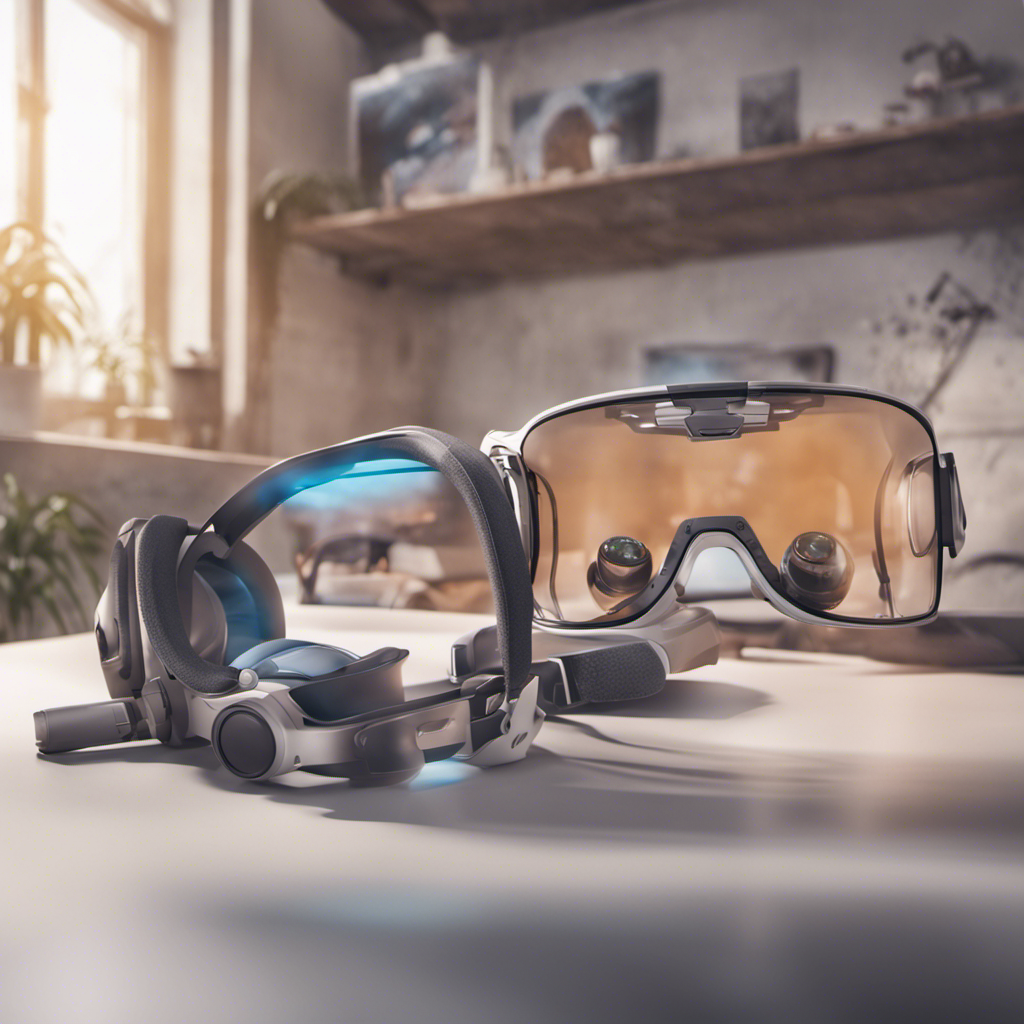
Virtual Reality vs. Augmented Reality: The Future of Gaming
In recent years, virtual reality (VR) and augmented reality (AR) technologies have rapidly gained popularity, revolutionizing the gaming industry. These immersive technologies have transformed the way we experience and interact with digital content, blurring the lines between the virtual and physical worlds.
What is Virtual Reality (VR)?
Virtual reality refers to a simulated experience that takes place within a completely virtual environment. By wearing a VR headset, users are transported into a computer-generated world that can be visually and audibly explored and manipulated.
To create a convincing virtual experience, VR headsets use a combination of high-resolution displays, motion tracking sensors, and sometimes even haptic feedback devices. These devices work together to provide a sense of presence and deep immersion, enabling users to feel like they are physically present in a different world.
What is Augmented Reality (AR)?
Augmented reality, on the other hand, overlays digital information or virtual elements onto the real world. AR enhances and supplements a person’s perception of reality, rather than fully replacing it like VR does.
AR experiences can be delivered through various devices, such as smartphones, tablets, smart glasses, or headsets. By utilizing cameras, sensors, and advanced computer vision algorithms, these devices recognize and track the real-world environment and superimpose virtual content onto it in real-time.
How Virtual Reality and Augmented Reality are Shaping the Future of Gaming
-
Immersive Gameplay
Both VR and AR offer unparalleled immersion and engagement that traditional gaming cannot achieve. VR allows players to enter realistic and fully immersive gaming worlds, making them feel like they are part of the game’s universe. AR, on the other hand, blends digital elements with the real world, enabling players to interact with virtual objects in their physical environment.
-
Expanded Gameplay Experiences
VR and AR have the potential to revolutionize the gaming experience by expanding the possibilities of gameplay. With VR, players can engage in activities they might not be able to experience in the real world, such as flying through space or battling mythical creatures. AR can enhance traditional gaming experiences by adding elements like interactive maps or virtual teammates, boosting the overall enjoyment and challenge.
-
Social Interaction and Multiplayer
VR and AR technologies are transforming gaming into a more social experience. With VR, players can communicate and interact with each other in virtual worlds, fostering a sense of presence and shared experiences. AR enhances social gaming by allowing players to see virtual avatars or digital overlays of their friends within their real-world environment, promoting collaboration and competition.
-
Real-World Integration
While VR immerses users in completely virtual environments, AR bridges the gap between the digital and real worlds. AR gaming can be seamlessly integrated into players’ everyday lives, transforming their surroundings into interactive gaming arenas. This integration opens up various possibilities, such as location-based gameplay, where players use the real world’s physical features to advance in the game.
-
Health and Fitness Benefits
VR gaming has the potential to promote physical activity and exercise. Some VR games encourage players to move their bodies, engaging in activities like dancing, boxing, or playing sports games. On the other hand, AR can promote exploration and outdoor activities by overlaying game elements onto the real-world environment, encouraging players to move and discover new places.
-
Education and Training
VR and AR are not limited to entertainment, as they also have immense potential in educational and training contexts. VR can provide immersive simulations for training in various industries, such as aviation, healthcare, or military. AR can enhance learning experiences by overlaying interactive educational content onto textbooks or real-world objects, making learning more engaging and interactive.
The Future of Gaming: Virtual Reality or Augmented Reality?
While both VR and AR have their unique advantages, it is challenging to determine which technology will dominate the future of gaming. The success of each depends on various factors such as technological advancements, user preferences, and market demand.
VR currently has a more established presence in the gaming industry, with a growing library of immersive games and dedicated VR platforms like Oculus Rift and HTC Vive. The evolving technology and decreasing costs of VR headsets make it more accessible to gamers worldwide.
AR, on the other hand, has gained significant attention with the success of games like Pokémon Go, which reached worldwide popularity. The widespread adoption of smartphones makes AR more accessible to the general population, as specialized headsets are not required.
It is worth noting that VR and AR are not mutually exclusive, and they can complement each other in the gaming landscape. Combined experiences that blend VR’s immersive storytelling with AR’s real-world integration have the potential to create truly groundbreaking gaming experiences.
However, some challenges still need to be addressed for both technologies to reach their full potential. VR needs to overcome issues such as motion sickness, limited field of view, and the need for powerful hardware. AR needs to improve object recognition and tracking accuracy to provide seamless and convincing virtual overlays.
In conclusion, virtual reality and augmented reality are transforming the landscape of gaming by offering immersive and interactive experiences like never before. While VR currently dominates the industry, AR’s accessibility and real-world integration make it a promising contender. The future of gaming is likely to see a blend of both technologies, pushing the boundaries of what is possible in gaming and creating new and exciting experiences for players worldwide.
Disclaimer: This blog post is for informational purposes only and does not constitute personal or professional advice. The opinions expressed are those of the author and do not necessarily reflect the views of any referenced companies or organizations.






